Home>Home Maintenance>Who Is Responsible For Home Repairs From Termites: Homeowner Or Exterminator
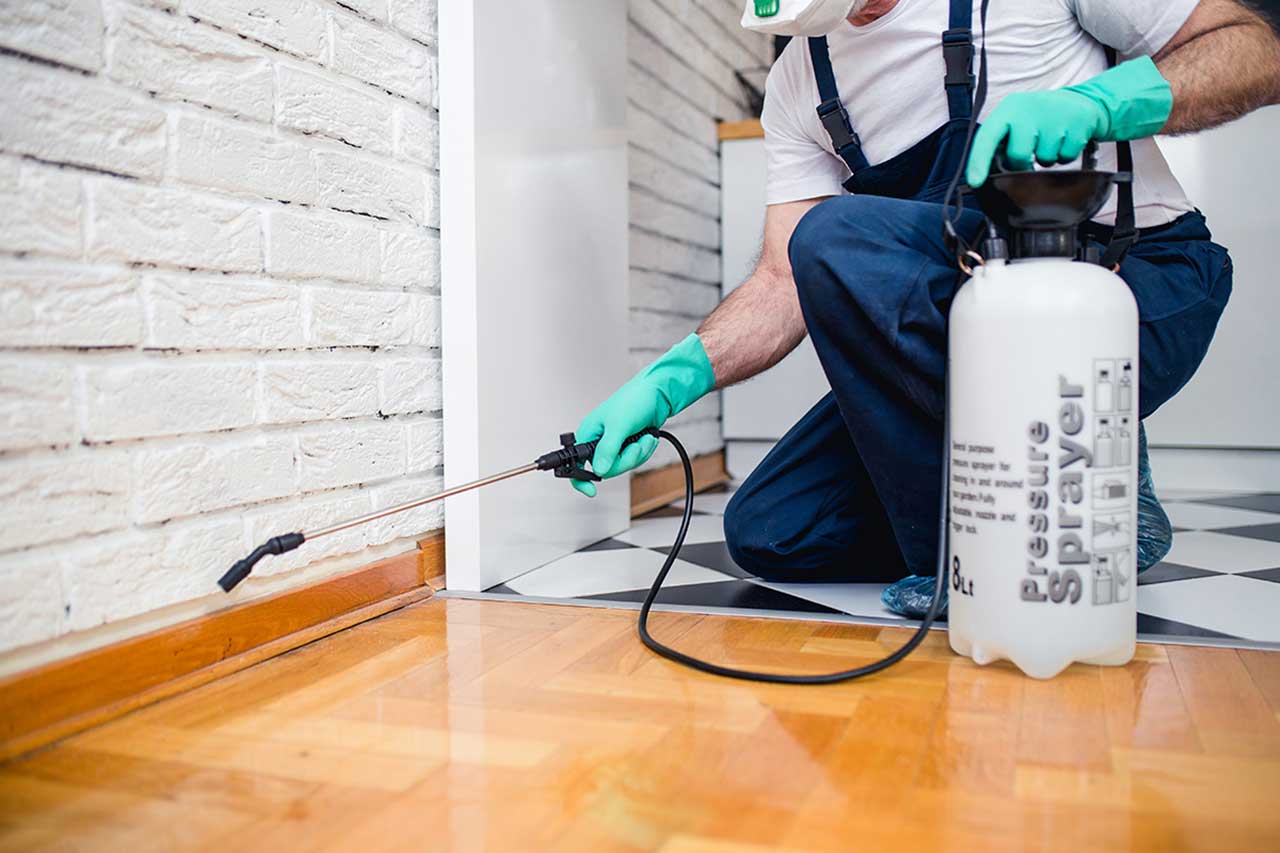

Home Maintenance
Who Is Responsible For Home Repairs From Termites: Homeowner Or Exterminator
Modified: March 6, 2024
Discover who is responsible for home repairs from termites and learn if it's the homeowner or the exterminator. Ensure your home-maintenance is taken care of efficiently.
(Many of the links in this article redirect to a specific reviewed product. Your purchase of these products through affiliate links helps to generate commission for Storables.com, at no extra cost. Learn more)
Introduction
Welcome to the world of home maintenance! As a homeowner, it’s crucial to stay on top of various issues that can arise. One of the most common and potentially damaging problems faced by homeowners is termite infestation. These tiny pests can cause significant damage to the structure of your home if left untreated. But when it comes to repairing the damage caused by termites, who exactly is responsible? Is it the homeowner or the exterminator? In this article, we will delve into the topic, exploring the responsibilities of each party and the factors that come into play when determining liability.
Note: The following information is intended to provide general guidance and is not a substitute for professional advice. Always consult with experts in the field for a comprehensive evaluation of your unique situation.
Before we dive into the details, let’s first understand what a termite infestation entails. Termites are social insects that feed on wood and cellulose materials, making them a significant threat to homes and other wooden structures. These pests work silently and can cause extensive damage before their presence is even detected.
Now, when it comes to termite damage repairs, it is essential to establish the responsibilities of the homeowner and the exterminator. Let’s begin by examining the homeowner’s role in this process.
Key Takeaways:
- Homeowners should promptly address termite infestations, maintain a termite-free environment, and document damage to fulfill their responsibilities. They should review insurance coverage and cooperate with exterminators for effective repairs.
- Exterminators must conduct thorough inspections, develop effective treatment plans, and provide post-treatment recommendations. They should issue detailed reports and offer warranties to ensure proper termite damage repairs.
Read more: Who Is Responsible For Plumbing In A Condo
Understanding Termite Infestation
Before we delve into the responsibilities of the homeowner and the exterminator when it comes to termite damage repairs, it’s crucial to have a clear understanding of a termite infestation.
Termites are small insects that feed on cellulose, which is found in wood and other organic materials. They live in large colonies and work silently, slowly but surely devouring the wooden structures in and around your home. The damage caused by termites can be not only unsightly but also structurally compromising.
There are three main types of termites that can infest homes: subterranean termites, drywood termites, and dampwood termites. Subterranean termites are the most common type and are known for building underground mud tubes to travel between their nest and the food source, which is usually the wooden structure of your home. Drywood termites, on the other hand, infest dry and well-seasoned wood, such as furniture or framing, while dampwood termites prefer moist wood, such as wood damaged by water leaks or high humidity.
The signs of a termite infestation can vary depending on the species and the extent of the damage. Some common signs include:
- Wood damage: Look for hollowed-out or sagging wood, blistering or darkening of wood surfaces, or the presence of small holes or tunnels.
- Mud tubes: These are commonly found around the foundation of your home and are built by subterranean termites to protect them from exposure as they travel.
- Discarded wings: When termites reproduce, they shed their wings, so finding discarded wings near windows, doors, or other entry points could indicate their presence.
- Termite droppings: Also known as frass, termite droppings resemble small pellets or sawdust and are usually found near the infested area.
If you suspect a termite infestation in your home, it is important to take immediate action. Contact a professional exterminator to inspect your property and assess the extent of the problem. They will be able to identify the type of termites and recommend the most effective treatment plan.
Now that we have a basic understanding of termite infestation, let’s move on to understand the responsibilities of the homeowner when it comes to termite damage repairs.
Responsibilities of the Homeowner
When it comes to termite damage repairs, the homeowner carries certain responsibilities. While these responsibilities may vary depending on factors such as location and local regulations, there are some general guidelines that can help homeowners navigate the process.
1. Prompt action: As a homeowner, it is your responsibility to take prompt action if you suspect a termite infestation in your home. The longer you delay treatment, the more damage termites can cause. Contact a professional exterminator as soon as possible to assess the situation and develop an appropriate treatment plan.
2. Maintaining a termite-free environment: While it is impossible to completely eliminate the risk of a termite infestation, there are steps you can take to minimize the likelihood. Regularly inspect your home for any signs of termite activity and address any issues that may attract termites, such as excess moisture or wood-to-ground contact. Additionally, consider implementing preventive measures like termite barriers or treated wood in new construction or renovations.
3. Cooperating with the exterminator: Once you have engaged the services of a professional exterminator, it is essential to cooperate fully throughout the process. This includes providing access to all areas of your home for inspection and treatment, following any instructions or recommendations provided by the exterminator, and scheduling regular follow-up inspections to ensure the effectiveness of the treatment.
4. Documenting the termite damage: In order to address the responsibility for repairs, it is crucial to document the extent of the termite damage in your home. Take detailed photographs or videos of the affected areas and keep any related documentation, such as inspection reports or invoices. This evidence will be essential in determining liability and seeking compensation if necessary.
5. Reviewing insurance coverage: It is important to review your homeowners’ insurance policy to determine if termite damage is covered. In some cases, insurance policies may exclude termite damage or require additional coverage. If your policy does not cover termite damage, you may want to consider purchasing a separate termite protection plan.
Remember, the responsibilities of the homeowner may vary depending on factors such as location and local regulations. It is always advisable to consult with professionals and seek legal advice when necessary to ensure you fulfill your obligations as a homeowner.
Now that we have explored the responsibilities of the homeowner, let’s move on to understand the responsibilities of the exterminator in termite damage repairs.
Responsibilities of the Exterminator
When it comes to termite damage repairs, the exterminator also has important responsibilities. These responsibilities are crucial to ensure effective treatment and to address any issues relating to liability for repairs. Let’s explore the responsibilities of the exterminator in detail.
1. Thorough inspection and assessment: The exterminator’s first responsibility is to conduct a thorough inspection of the property to identify the presence of termites and assess the extent of the damage. This includes examining the visible signs of infestation, using specialized tools and equipment, and potentially conducting additional tests, such as moisture testing or thermal imaging.
2. Developing a treatment plan: Based on the findings of the inspection, the exterminator should develop a comprehensive treatment plan tailored to the specific needs of the property. This may involve various treatment methods, such as liquid termiticides, termite baits, or fumigation, depending on the type of termites and the severity of the infestation.
3. Proper execution of treatment: The exterminator is responsible for properly executing the treatment plan. This includes using the appropriate chemicals, applying treatments according to recommended guidelines, and ensuring the safety of residents and the environment during the process.
4. Providing post-treatment recommendations: After completing the treatment, the exterminator should provide homeowners with clear instructions and recommendations for ongoing termite prevention. This may include advice on moisture control, landscaping practices, regular inspections, and potential maintenance or repair needs to minimize the risk of future infestations.
5. Issuing detailed reports: The exterminator should provide detailed reports documenting the findings of the initial inspection, the treatment plan, the treatment executed, and any recommendations for future preventative measures. These reports are important for both the homeowner and the exterminator to track the progress of treatment and establish a record of the termite-related activities.
6. Providing warranty or guarantees: Many professional exterminators offer warranties or guarantees for their termite treatment services. These warranties typically vary in terms of coverage and duration and provide homeowners with peace of mind in the event of recurrence of termites or related damages within the specified period.
It is important to note that the responsibilities of the exterminator may vary depending on factors such as industry standards, local regulations, and the terms of the contract or agreement between the homeowner and the exterminator. It is advisable for homeowners to review and understand these responsibilities before engaging the services of an exterminator.
Now that we have explored the responsibilities of both the homeowner and the exterminator, let’s move on to discuss the factors that come into play when determining the responsibility for termite damage repairs.
Factors to Consider in Determining Responsibility
When it comes to determining responsibility for termite damage repairs, several factors come into play. These factors can help determine whether the responsibility lies with the homeowner or the exterminator. Let’s explore these factors in detail.
1. Scope and timing of the inspection: The timing and thoroughness of the initial termite inspection are essential. If the homeowner or the exterminator failed to detect or properly assess the termite infestation during the inspection, it may impact the determination of responsibility. A comprehensive inspection conducted by a professional exterminator using industry-standard practices can provide a solid foundation for assigning responsibility.
2. Contractual agreements: The responsibilities of the homeowner and the exterminator can be outlined in a contract or agreement signed before the treatment process. The terms of the agreement, including any warranties or guarantees provided, can influence the determination of responsibility. It is crucial for both parties to review and understand the terms of the contract to avoid any misunderstandings or disputes.
3. Compliance with industry standards and regulations: Both the homeowner and the exterminator need to comply with industry standards and any applicable regulations. This includes using approved treatment methods, proper application techniques, and following any specific guidelines or requirements set forth by local authorities. Non-compliance with industry standards can potentially impact the responsibility for repairs.
4. Documentation and evidence: Documentation and evidence play a vital role in determining responsibility for termite damage repairs. This includes inspection reports, treatment records, photographs or videos of the infestation and damage, invoices, and any other supporting documentation. Comprehensive and accurate documentation can help establish the liability and the extent of the responsibility for repairs.
5. Contributory negligence: If it is determined that the homeowner contributed to the termite infestation or exacerbated the damage by negligence or failure to follow recommended preventative measures, their responsibility for repairs may be increased. This includes factors such as neglecting maintenance, moisture control issues, or ignoring previous warnings or recommendations provided by the exterminator.
6. Insurance coverage: The homeowner’s insurance policy may have an impact on the determination of responsibility. If termite damage is covered by the insurance policy, the responsibility for repairs may be shared between the homeowner and the insurance company. It is important for homeowners to review their policy and understand the coverage and any applicable deductibles or limits.
It is crucial to note that determining responsibility for termite damage repairs can be complex and may require legal considerations. When disputes or disagreements arise, it is advisable to consult with legal professionals or mediators to achieve a fair resolution.
Now that we have examined the factors to consider in determining responsibility, let’s explore the role of inspection reports in this process.
Tip: Homeowners are typically responsible for home repairs from termite damage. It’s important to have regular termite inspections and to address any issues promptly to prevent extensive damage.
The Role of Inspection Reports
Inspection reports play a critical role in determining responsibility for termite damage repairs. These reports are generated by professional exterminators and provide detailed information about the findings of the termite inspection, including the extent of the infestation, the damage caused, and any recommended treatment plans. Let’s take a closer look at the role of inspection reports in this process.
1. Evidence of termite activity: Inspection reports provide concrete evidence of termite activity in the property. This includes documenting the presence of live termites, termite damage, mud tubes, discarded wings, and any other signs that confirm the infestation. The presence of this evidence strengthens the case for termite damage repair responsibilities.
2. Extent of the damage: Inspection reports outline the extent and severity of the termite damage. This includes identifying the areas of the property affected by termites, the degree of structural damage, and the potential risks associated with the infestation. The thorough documentation of the damage helps determine the scale of repairs required and assists in allocating responsibility for those repairs.
3. Date of inspection: The date of the inspection is an essential component of the inspection report. It establishes when the infestation was officially identified and becomes a reference point for assessing the responsibility of both the homeowner and the exterminator. If the inspection was recent and the infestation was not detected, it may imply a level of negligence and impact the determination of responsibility.
4. Expert analysis and recommendations: Inspection reports provide expert analysis and recommendations based on professional knowledge and experience. They outline the best course of action for treating the infestation and mitigating further damage. The recommendations provided in the inspection report contribute to determining the responsibility for implementing those suggested treatment plans and repairs.
5. Support for insurance claims: Inspection reports serve as valuable supporting documentation when filing insurance claims for termite damage. They provide factual evidence of the infestation, the resulting damage, and the recommended treatment plan. Insurance companies often rely on inspection reports to assess the validity of claims and determine the extent of their coverage.
6. Legal implications: Inspection reports can hold legal implications, especially in cases where disputes arise regarding responsibility and liability. These reports serve as evidence in legal proceedings and are essential for establishing the facts and supporting the claims made by both parties involved.
It is important to note that inspection reports should be conducted by reputable and certified exterminators who follow industry standards and protocols. Thorough documentation and accurate reporting are crucial for their effectiveness in determining responsibility for termite damage repairs.
Now that we understand the role of inspection reports, let’s explore the legal liabilities and contracts that come into play in termite damage repair cases.
Legal Liabilities and Contracts
When it comes to termite damage repairs, legal liabilities and contracts play a significant role in determining responsibility and ensuring a fair resolution for all parties involved. Let’s explore the legal aspects and contractual considerations in termite damage repair cases.
1. Liability for negligence: If negligence, either by the homeowner or the exterminator, contributed to the termite infestation or the exacerbation of the damage, the liable party may be held responsible for the repairs. Negligence can include failure to detect or properly assess the infestation, failure to follow industry standards and regulations, or failure to uphold the terms of the contract or agreement.
2. Contractual agreements: Contracts or agreements between the homeowner and the exterminator establish the terms and conditions of the services provided. These contracts typically outline the responsibilities of each party, the scope of work, the treatment plans, and any warranties or guarantees. It is crucial for both parties to carefully review and understand the terms of the contract before proceeding. Breach of contract can result in legal consequences and impact liability for termite damage repairs.
3. Contractual warranties or guarantees: Many exterminators offer warranties or guarantees for their termite treatment services. These warranties often specify a certain duration and provide coverage in case of reinfestation or recurrence of termite damage within that period. The terms and conditions of these warranties should be clearly defined in the contract and can influence the liability for repairs if the treatment fails or if the initial infestation was not properly addressed.
4. State and local regulations: State and local regulations may also impact the legal liabilities and responsibilities in termite damage repair cases. These regulations can include licensing requirements for exterminators, mandatory disclosure of termite damage during property transactions, and standards for termite inspections and treatment. Non-compliance with these regulations can lead to legal repercussions and affect liability determinations.
5. Insurance coverage: Homeowners’ insurance policies may provide coverage for termite damage repairs depending on the specific terms and conditions. It is essential to review the insurance policy to understand the coverage, any exclusions, deductibles, or limits related to termite damage. If the insurance policy covers termite damage, it may affect the liability for repairs as the responsibility may be shared between the homeowner and the insurance company.
6. Dispute resolution mechanisms: In case of disagreements or disputes regarding responsibility for termite damage repairs, there are various mechanisms available for resolution. Mediation and arbitration are commonly used alternative dispute resolution methods that aim to reach a fair and mutually acceptable outcome. If a resolution cannot be reached through these methods, legal action may be pursued, and a court will ultimately determine the liability and responsibilities based on the evidence and the applicable laws.
It is important for both homeowners and exterminators to consult with legal professionals when facing complex legal issues or disputes related to termite damage repairs. A legal expert can provide guidance, ensure compliance with regulations, and help navigate the legal complexities involved in these cases.
Now that we have explored the legal liabilities and contracts, let’s move on to examine some case studies that shed light on the responsibility of the homeowner versus the exterminator in termite damage repairs.
Case Studies: Homeowner vs Exterminator
Examining real-life case studies can provide valuable insights into how the responsibility for termite damage repairs is determined in different situations. Let’s explore two case studies that illustrate the dynamics between homeowners and exterminators in termite damage repair cases.
Case Study 1:
In this case, a homeowner hired an exterminator to perform a termite inspection before purchasing a new property. The exterminator conducted a thorough inspection and provided a clean bill of health, assuring the homeowner that there were no signs of termite infestation.
However, within a few months of moving into the property, the homeowner discovered significant termite damage in the basement. The homeowner confronted the exterminator, arguing that they had failed to detect the infestation during the inspection. The homeowner believed that the exterminator should be responsible for the cost of repairing the damage.
Upon further investigation, it was revealed that the infestation had occurred after the inspection. The homeowner had stored firewood in the basement, providing an attractive food source for termites. The exterminator had fulfilled their obligations by conducting a proper inspection at the time, and the homeowner was found to be responsible for the termite damage repairs. The case highlights the importance of homeowner cooperation and following preventative measures to avoid termite infestations.
Case Study 2:
In this case, a homeowner hired an exterminator to treat a known termite infestation in their home. The exterminator recommended a treatment plan that included the application of termiticide and regular follow-up inspections to monitor the effectiveness of the treatment.
Despite the homeowner’s compliance with the recommended treatment plan, the termite infestation persisted, resulting in further damage to the property. The homeowner filed a lawsuit against the exterminator, claiming negligence in the treatment and failure to eradicate the termites.
During the legal proceedings, it was discovered that the exterminator had failed to apply the termiticide correctly, leading to the ineffectiveness of the treatment. The court ruled in favor of the homeowner, holding the exterminator liable for the termite damage repairs. The case highlights the importance of proper execution of treatment and the potential legal consequences for exterminators who fail to fulfill their professional responsibilities.
These case studies demonstrate that the determination of responsibility in termite damage repair cases is highly dependent on the specific circumstances, including the actions and obligations of both the homeowner and the exterminator. Thorough inspections, adherence to treatment plans, and compliance with industry standards are crucial in establishing liability and ensuring fair outcomes.
Now that we have examined the case studies, let’s explore the available options for resolving disputes related to termite damage repairs.
Resolving Disputes: Mediation and Legal Options
In cases where disputes arise regarding responsibility for termite damage repairs, it is essential to explore avenues for resolution. Two common options for resolving such disputes are mediation and legal action. Let’s take a closer look at each of these options.
Mediation:
Mediation is a voluntary process that involves the assistance of a neutral third party, known as a mediator, to facilitate negotiations and help the parties reach a mutually acceptable resolution. Mediation is often preferred as it allows the parties to maintain control over the outcome and can be less time-consuming and costly compared to litigation.
During the mediation process, the mediator acts as a facilitator, guiding the discussion and helping the parties explore their interests, concerns, and potential solutions. They assist in identifying common ground, promoting communication, and finding a compromise that can satisfy both the homeowner and the exterminator.
Mediation allows for flexible and creative solutions that may not be possible in a court setting. It encourages open dialogue, enables the parties to express their viewpoints, and fosters a cooperative atmosphere. If an agreement is reached, it can be formalized into a binding contract, providing clarity on the responsibilities and liabilities of both parties moving forward.
Legal Options:
In some cases, mediation may not lead to a satisfactory resolution, or the dispute may be more complex and require legal intervention. When legal action becomes necessary, a homeowner or an exterminator can pursue the matter in court.
Legal actions related to termite damage repairs typically involve presenting evidence, such as inspection reports, treatment records, contract agreements, and any other relevant documents. The court will assess the evidence, apply relevant laws and regulations, and make a determination regarding liability and responsibility for the repairs.
Legal proceedings can be time-consuming, expensive, and emotionally draining. However, they may be necessary to protect the rights and interests of the parties involved when other resolution options have been exhausted. It is important to consult with legal professionals specializing in real estate or contract law to understand the merits of the case and navigate the legal process effectively.
It is worth noting that mediation and legal options are not mutually exclusive, and parties can explore mediation even if legal action has been initiated. Mediation can offer an opportunity for the parties to reach a settlement out of court, potentially saving time, money, and preserving relationships.
Before pursuing legal action, it is always advisable to assess the potential costs and benefits, seek legal advice, and consider the potential impact on the homeowner-exterminator relationship.
Now that we have discussed the options for resolving disputes, let’s conclude our exploration of responsibilities and resolving termite damage repairs.
Conclusion
Termite infestations can pose serious threats to homeowners, and addressing the resulting damage requires a clear understanding of responsibilities and a fair resolution process. In this article, we explored the roles and responsibilities of both homeowners and exterminators when it comes to termite damage repairs.
We began by understanding the nature of termite infestations and the signs to look out for. We then discussed the responsibilities of homeowners, emphasizing their role in taking prompt action, maintaining a termite-free environment, cooperating with exterminators, documenting the damage, and reviewing insurance coverage.
We also examined the responsibilities of exterminators, including conducting thorough inspections, developing effective treatment plans, executing treatments properly, providing post-treatment recommendations, issuing detailed reports, and offering warranties or guarantees.
To determine responsibility in termite damage repair cases, we highlighted the factors to consider, such as the scope and timing of inspections, contractual agreements, compliance with industry standards, documentation and evidence, contributory negligence, and insurance coverage. These factors play a vital role in the fair allocation of liability.
We explored the crucial role of inspection reports and their role as evidence in determining responsibility. Inspection reports serve as documentation of termite activity, the extent of damage, treatment recommendations, and also support insurance claims and potential legal actions.
Legal liabilities and contracts were discussed, emphasizing the importance of fulfilling contractual agreements, adhering to industry standards, complying with regulations, and understanding the insurance coverage in terms of termite damage repairs. We explored the flexibility and advantages of mediation as a dispute resolution mechanism, as well as the possibility of pursuing legal action when necessary.
Lastly, we looked at two case studies that shed light on the dynamics between homeowners and exterminators in termite damage repair cases and emphasized the importance of cooperation, proper execution of treatments, and adhering to professional responsibilities.
Resolving termite damage repair disputes requires cooperation and a comprehensive understanding of the responsibilities and legal aspects involved. Whether through mediation or legal action, seeking a fair resolution is essential to address the damage effectively and ensure the long-term stability and safety of the home.
Remember, every termite infestation and repair case is unique, and it is advisable to seek professional advice and consult legal experts in navigating these complex situations. By understanding responsibilities, communicating effectively, and pursuing fair resolutions, homeowners and exterminators can work together to mitigate the damages caused by termite infestations and maintain the integrity of their homes.
Frequently Asked Questions about Who Is Responsible For Home Repairs From Termites: Homeowner Or Exterminator
Was this page helpful?
At Storables.com, we guarantee accurate and reliable information. Our content, validated by Expert Board Contributors, is crafted following stringent Editorial Policies. We're committed to providing you with well-researched, expert-backed insights for all your informational needs.

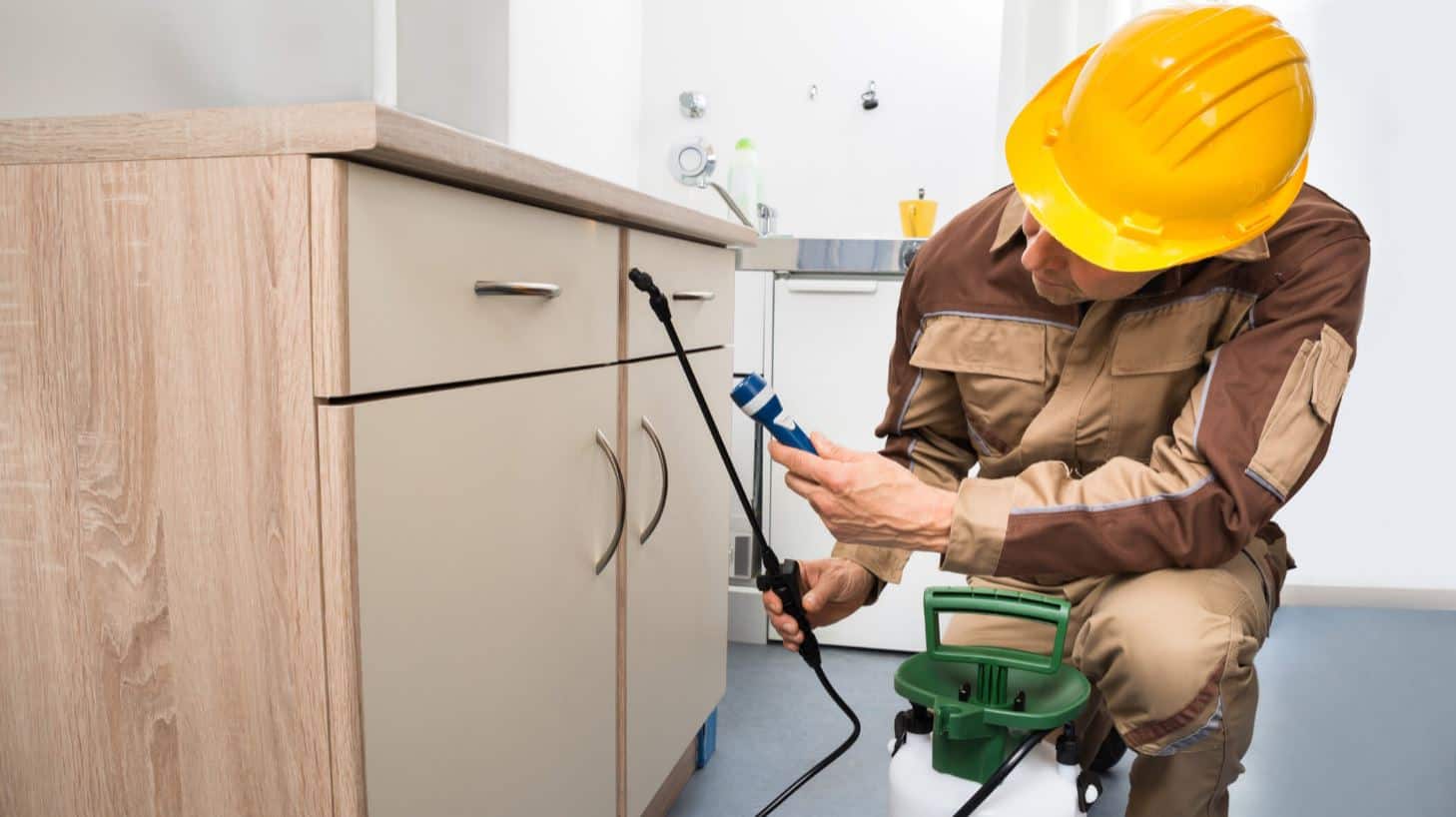
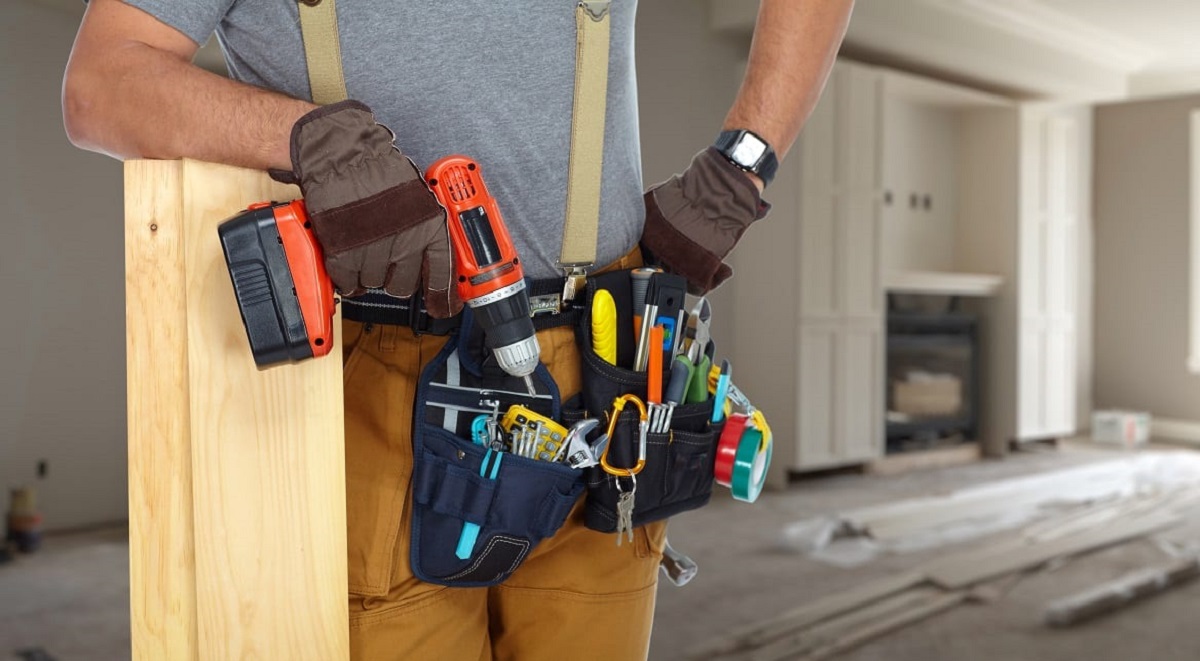


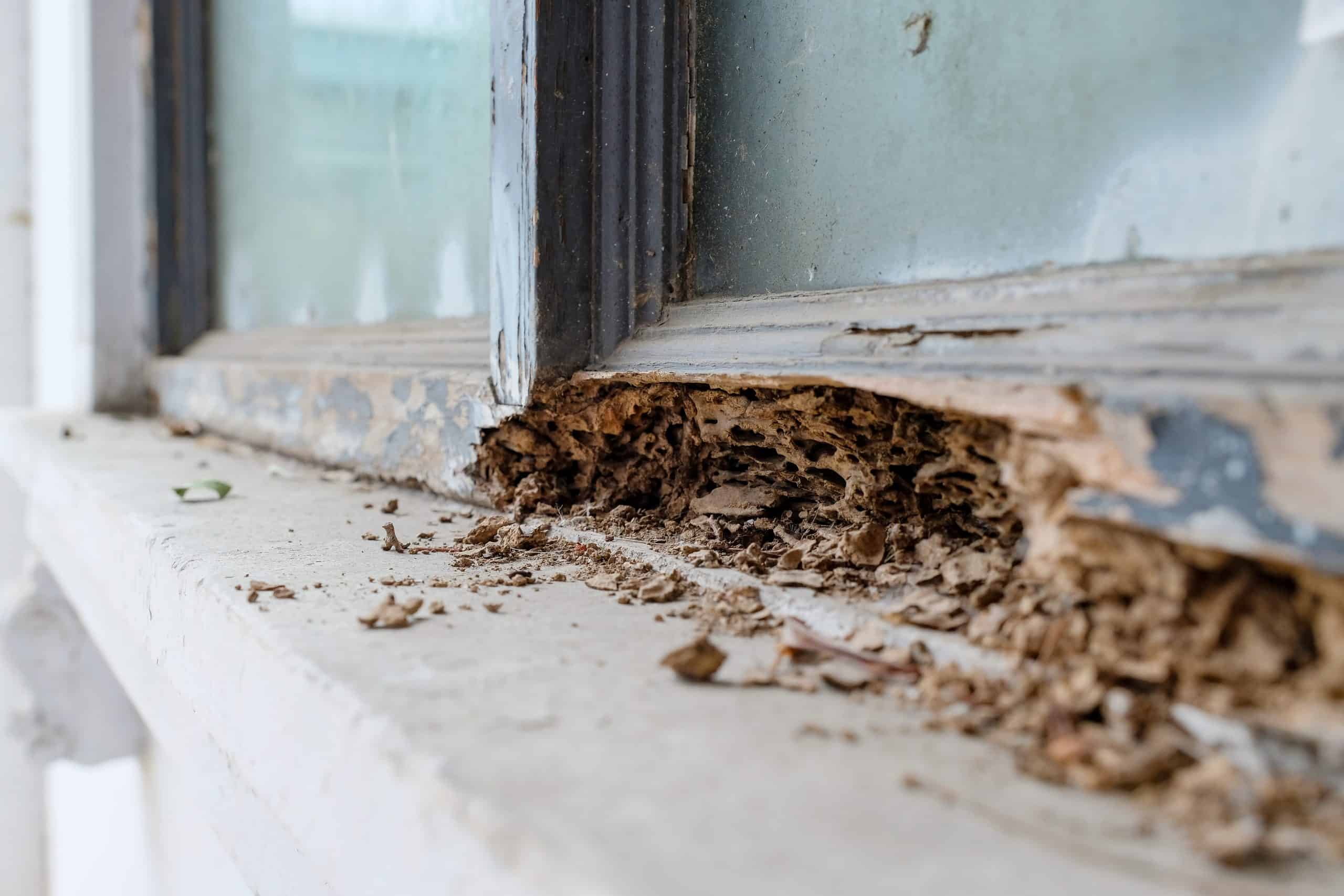
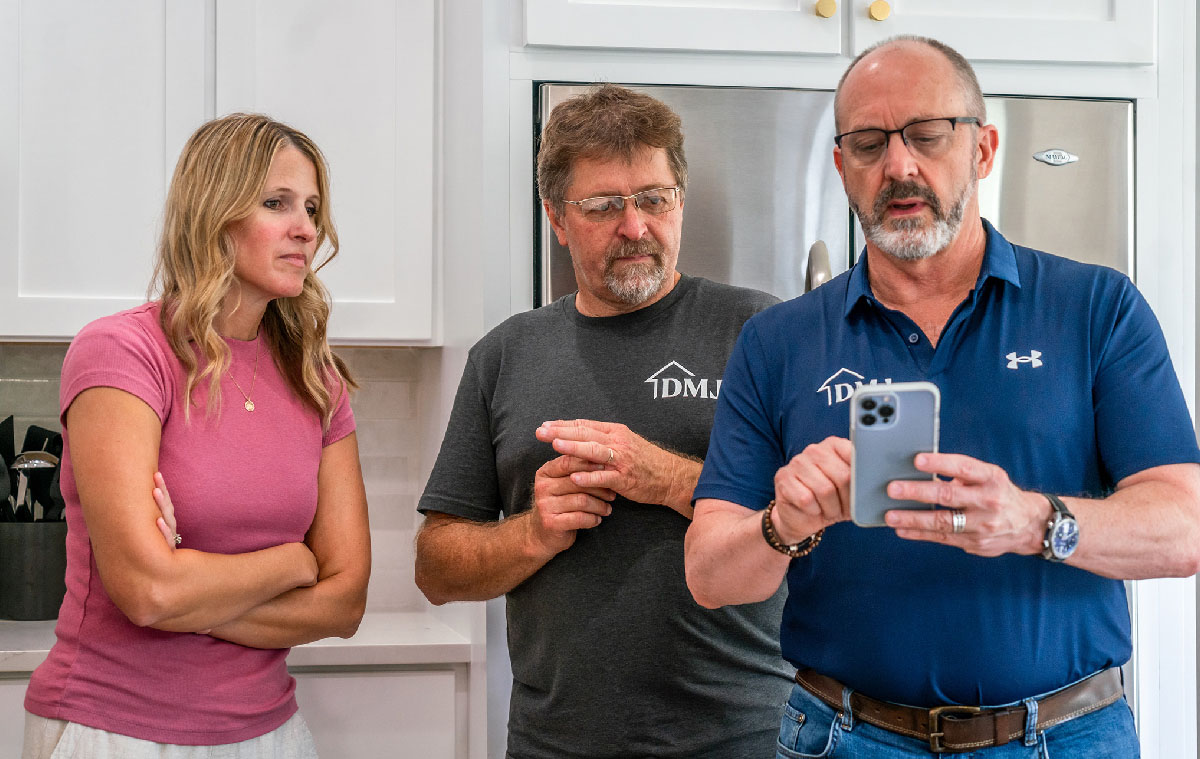


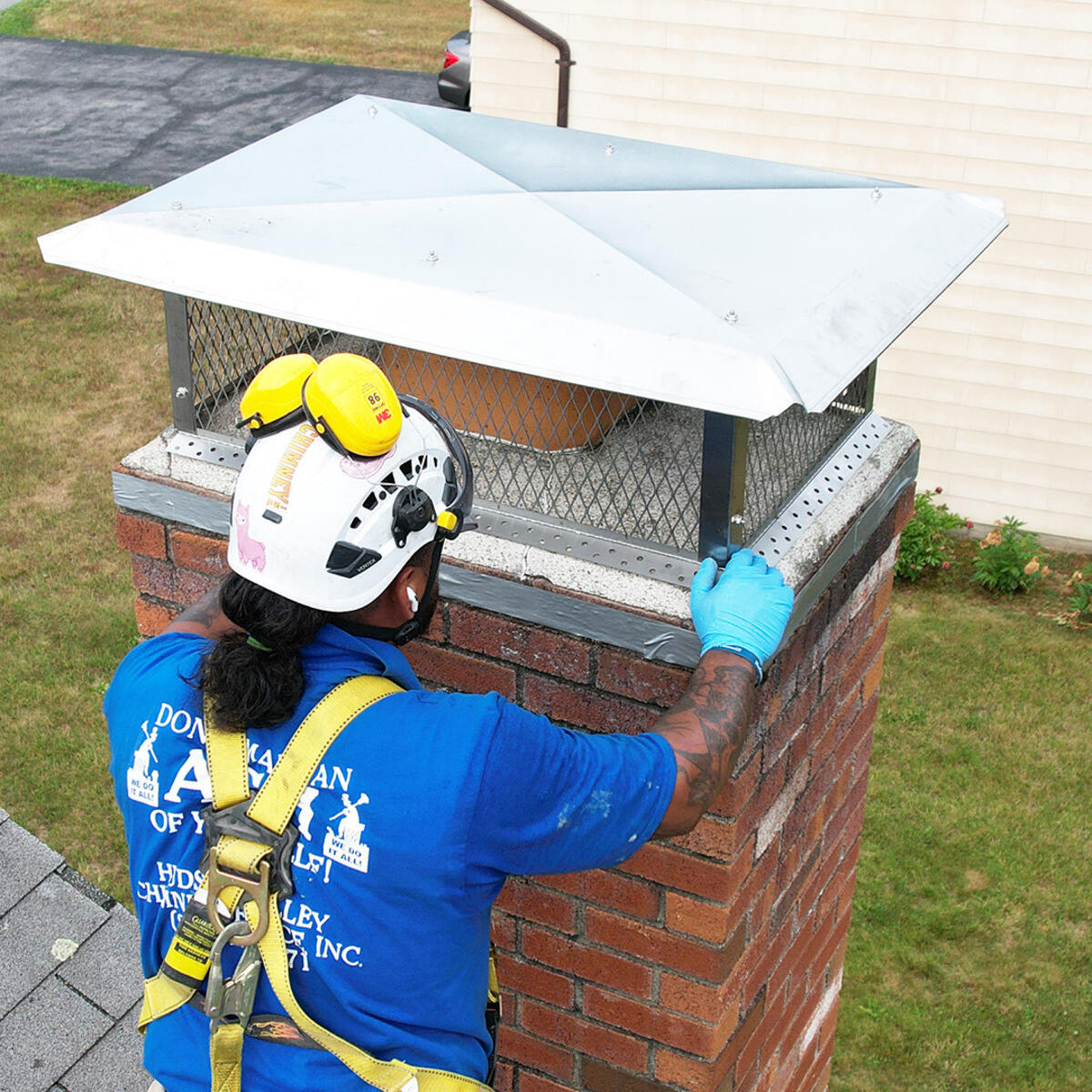
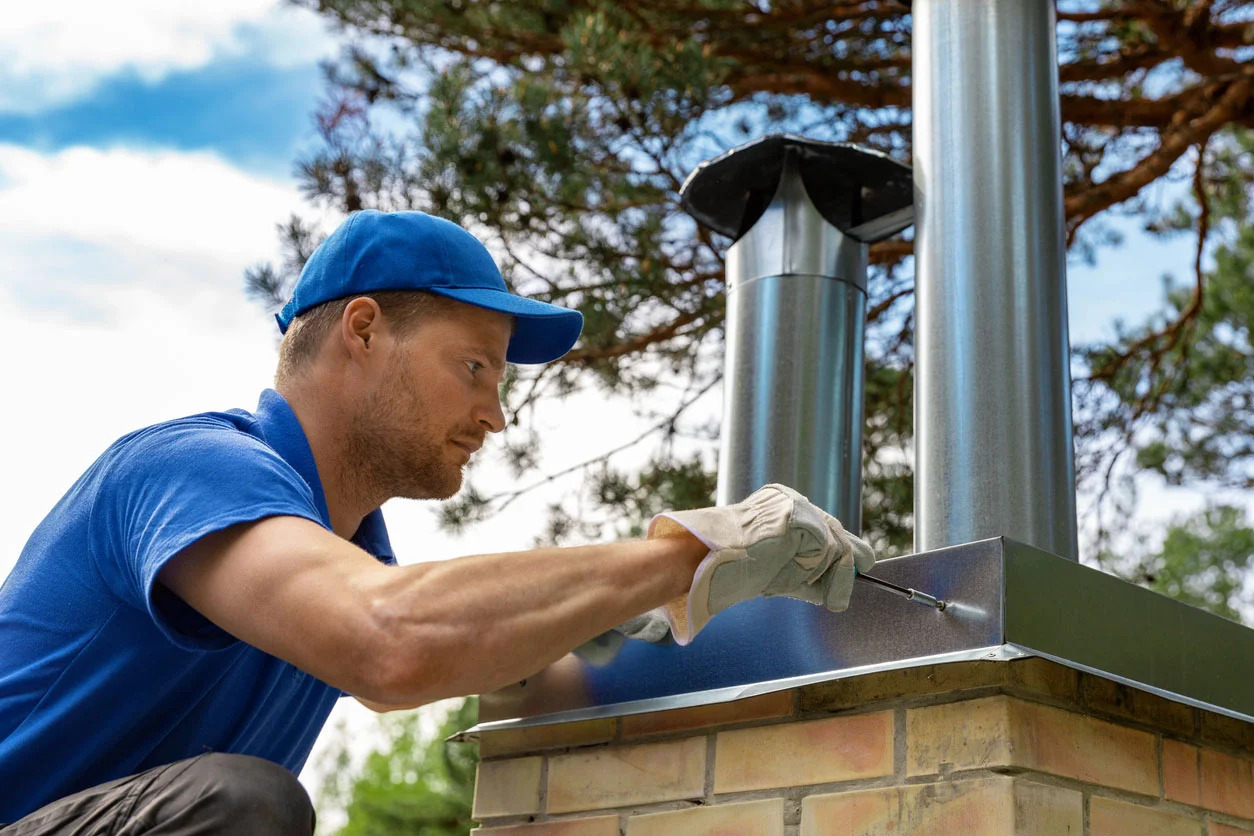
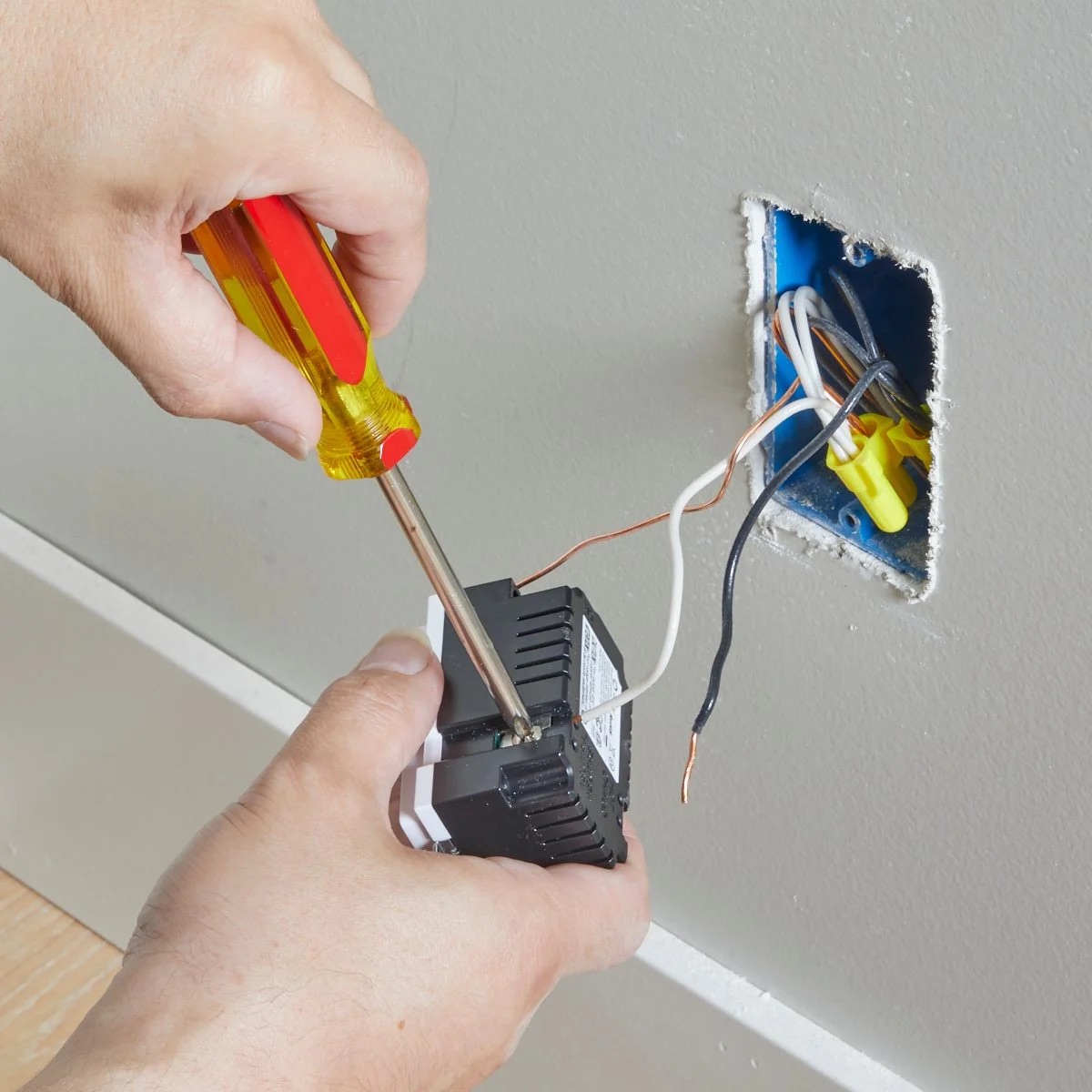
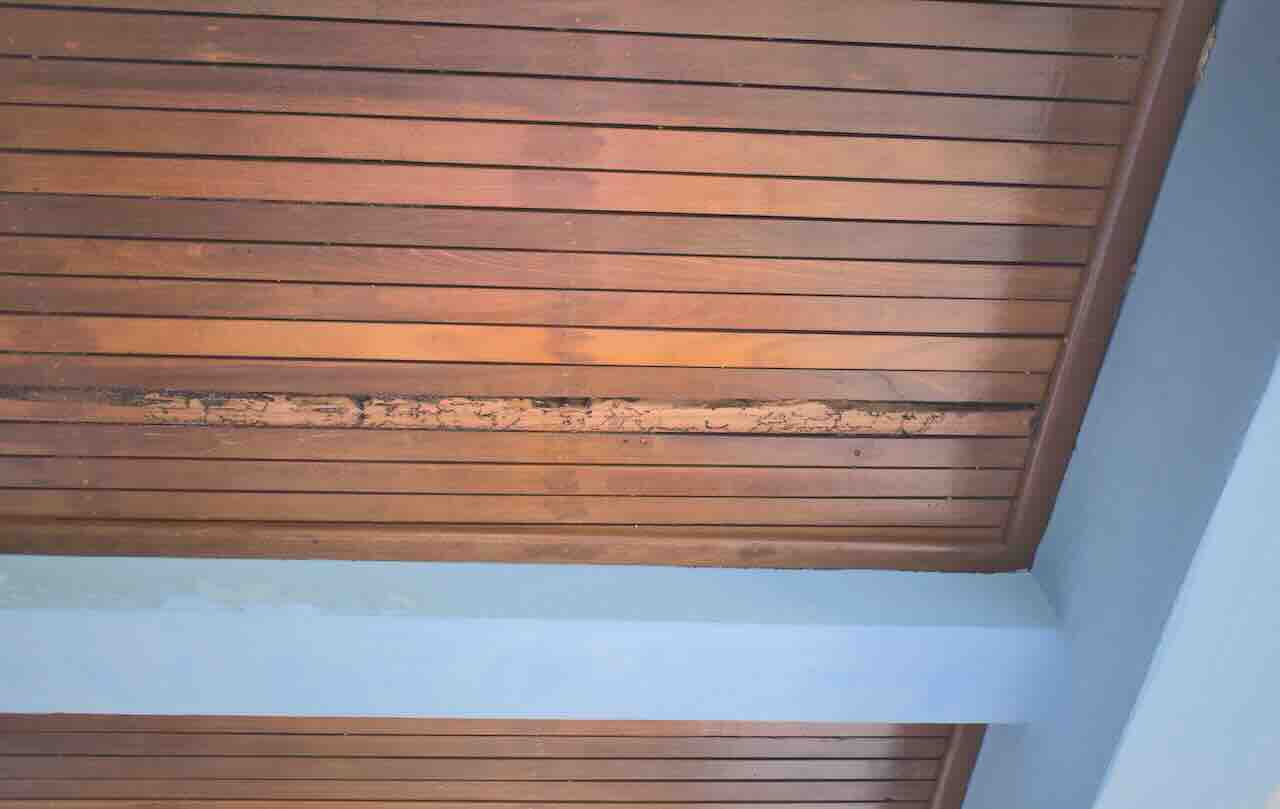

0 thoughts on “Who Is Responsible For Home Repairs From Termites: Homeowner Or Exterminator”